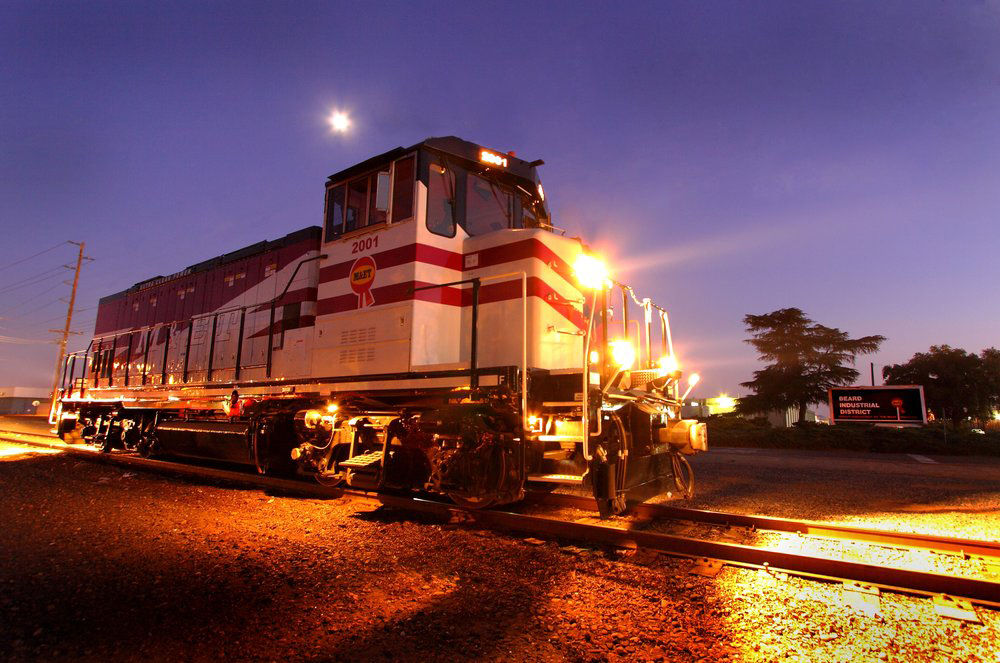
A major wine shipper has located its facilities almost exclusively on short line railroads with access to two Class I systems as a way to ensure better local service and more competitive rates.
G3 Enterprises, which handles shipping for 28 of the top 30 wineries in the U.S., operates regional distribution centers in nine states. Only three of its warehouses are served directly by Class I railroads.
“We’ve put a significant emphasis on having dual access locations. And we really stood firm on our ability to move that location if we’re single served and not been able to get the rail service that we require,” Nicole Ostertag, senior manager of global distribution, told the Pacific Northwest Association of Rail Shippers last week. “We’ve also prioritized locating on short lines. In our experience, being served by a short line has significantly benefited us when we require special services.”
G3’s largest origin facility is in Modesto, Calif., on short line Modesto & Empire Traction Co., which connects with both BNSF Railway and Union Pacific.
“We’re located on a short line there that actually provides us multiple switches per day,” Ostertag says. “As many people know, that’s a little bit tough to get typically with a Class I railroad … And so having that ability to locate on a short line has allowed us to concentrate our loading capacity to make our warehouses more efficient because we can load out of those same rail slots multiple times throughout the day. It’s also prevented things that we would have had to do if we were on a Class I, such as increasing our rail footprint and having to add additional track or dedicating additional portions of the warehouse to rail loading locations.”
This has benefitted both the warehouse and the railroads, Ostertag says. The more frequent switching service, including on weekends, enables G3 to ship more volume via rail. The company fills more than 10,000 insulated boxcars per year and ships via intermodal and truck, too.
It also helps, Ostertag says, that G3 is among Modesto & Empire’s largest customers.
G3 saw wine shipments surge last year at the onset of the pandemic. “Wine had an enormous spike over a very short period,” she says, noting that volume increased more than 23% last year and remains strong today.
Rail service improved last year as overall rail volume declined, cutting cross-country transit times by two to three days in G3’s eight core shipping lanes, Ostertag says.
“Service was really good for us last year,” she says, noting that it has slid backward a bit in the past few months as rail volume has bounced back and severe winter weather has had an impact.






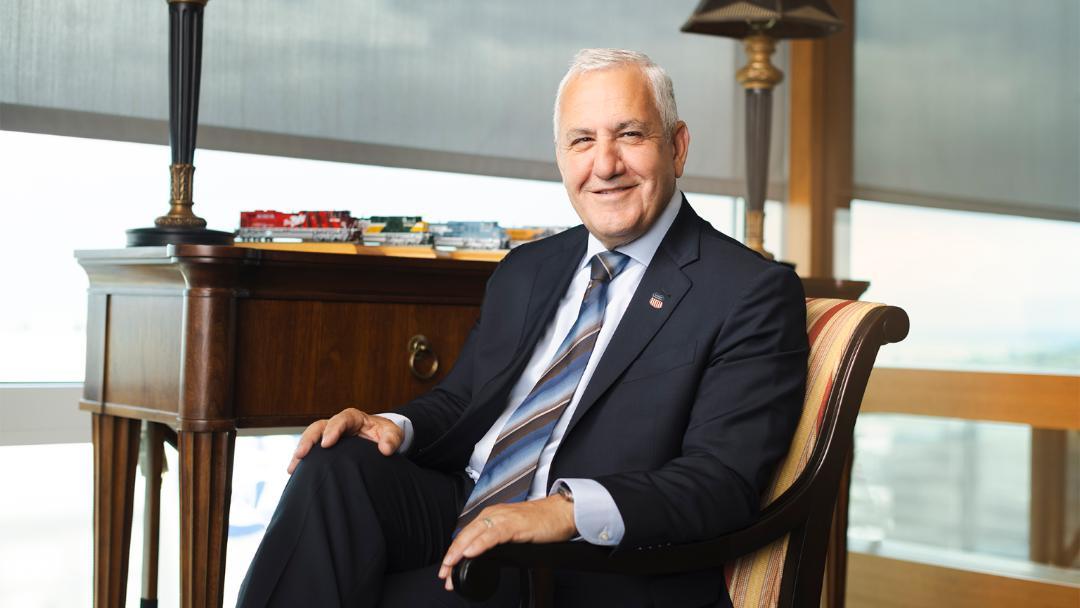
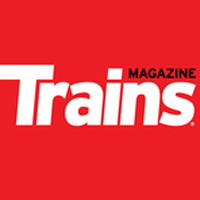
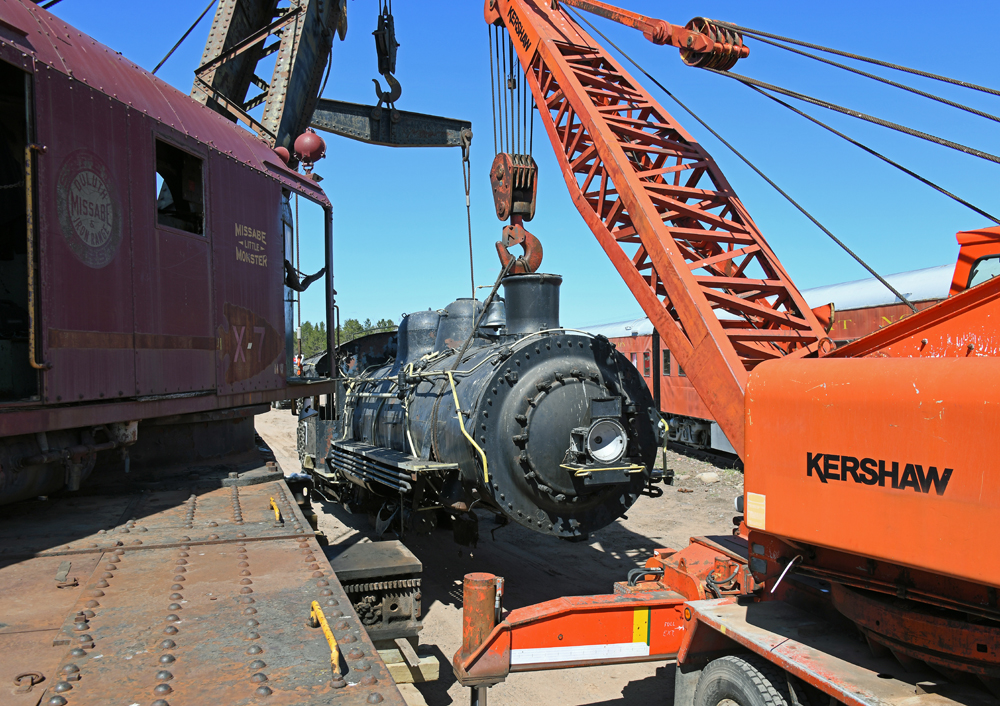
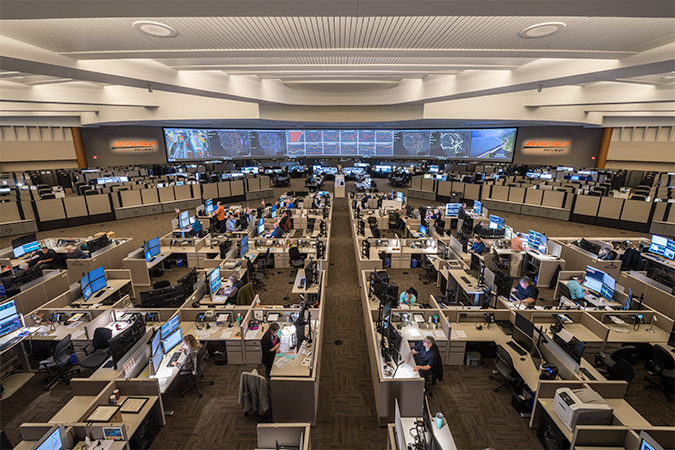




The class 1 hauls, the short line delivers!
I still think that during deregulation, the Class 1’s should have created operating subsidiaries that operated these branch lines, short lines or marginal spurs. Exactly what the trucking industry did when they split their union operations from their non-union operations into different companies under the same corporate holding company. Genesee & Wyoming is a perfect example of a railroad company that could find margins where Class 1’s refused to look. The fact there are so many short lines now is testament to Class’s inability to think vertically into their markets and customers.
Excellant news. Good service has always gone hand and hand with the short lines I worked for.
Novel concept…provide good service, serve customers needs, don’t dictate to customer.
This is a good thing. There’s a lesson in the benefits of multiple frequencies. As long as you can make the train start costs work yet retain trained operating talent. And that seems to be possible on short lines.
I think there is a wine distributor locating on the NWP somewhere closer to the Vallejo end too. Or whatever the name may become under SMART operation. But it doesn’t sound like the volumes are this high but again it’s positive carloads.